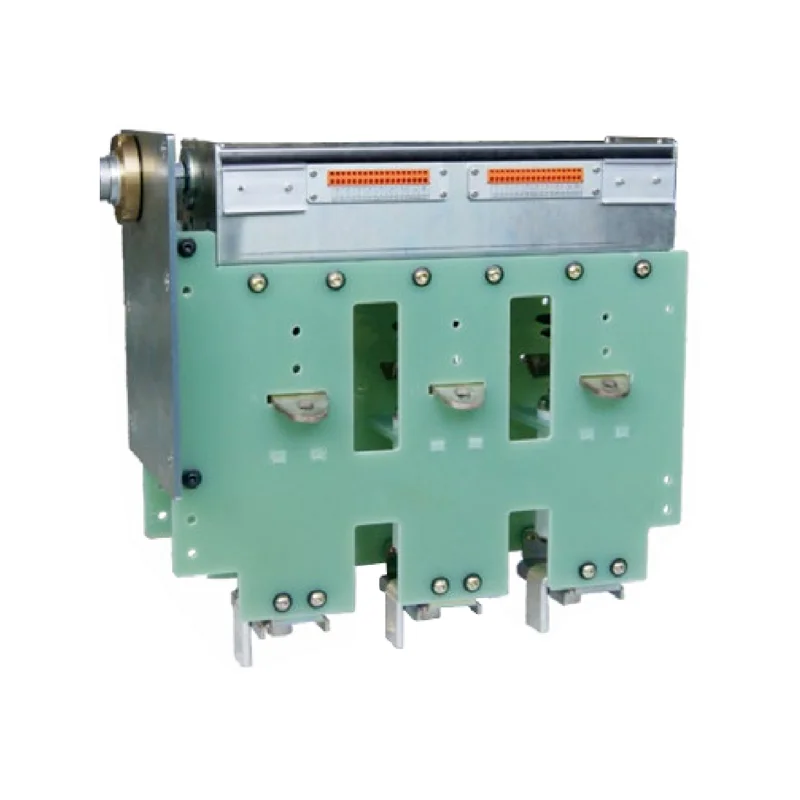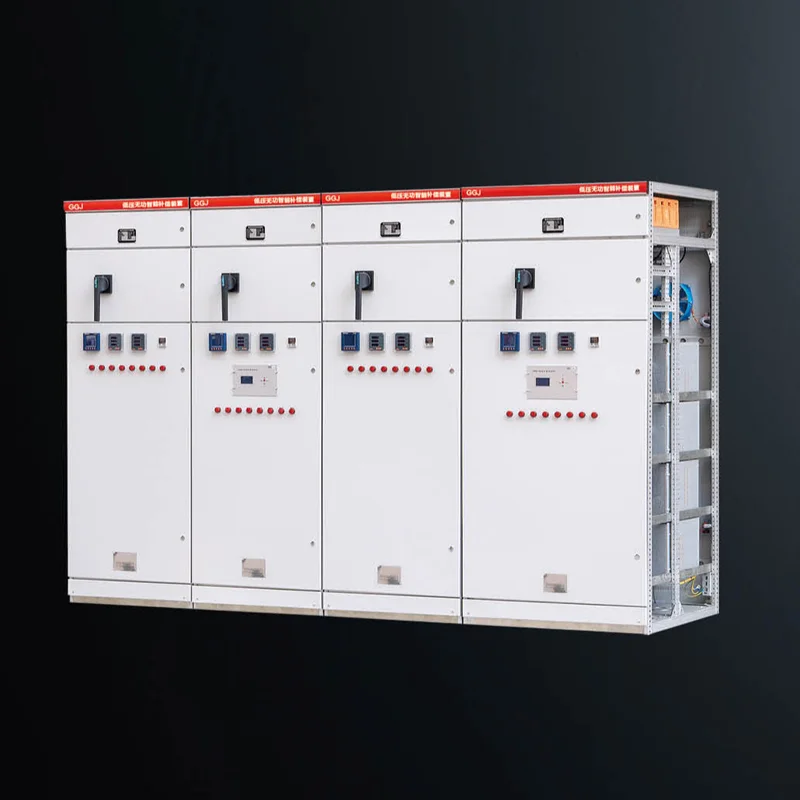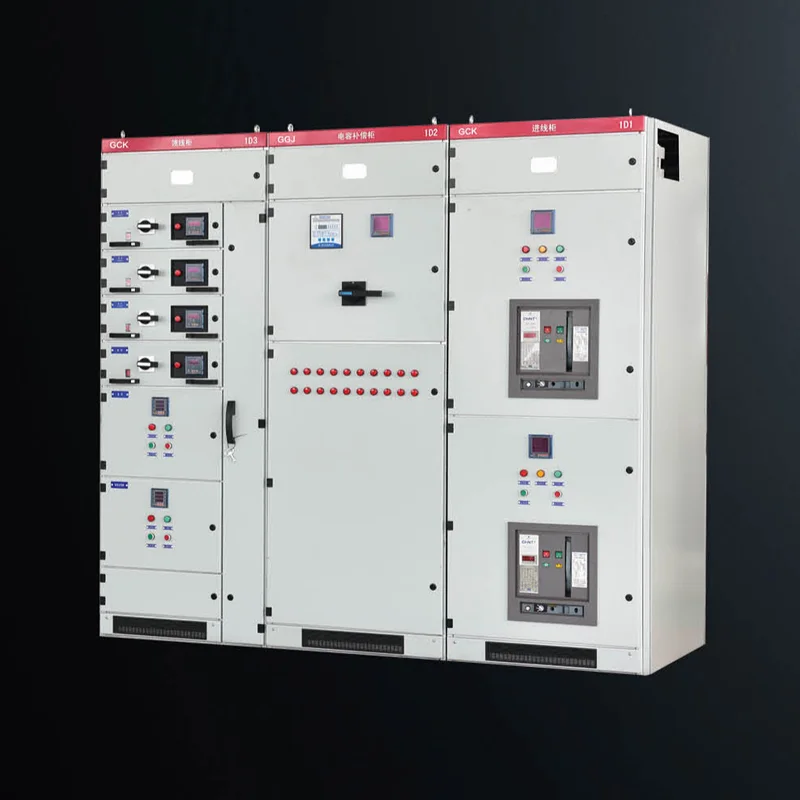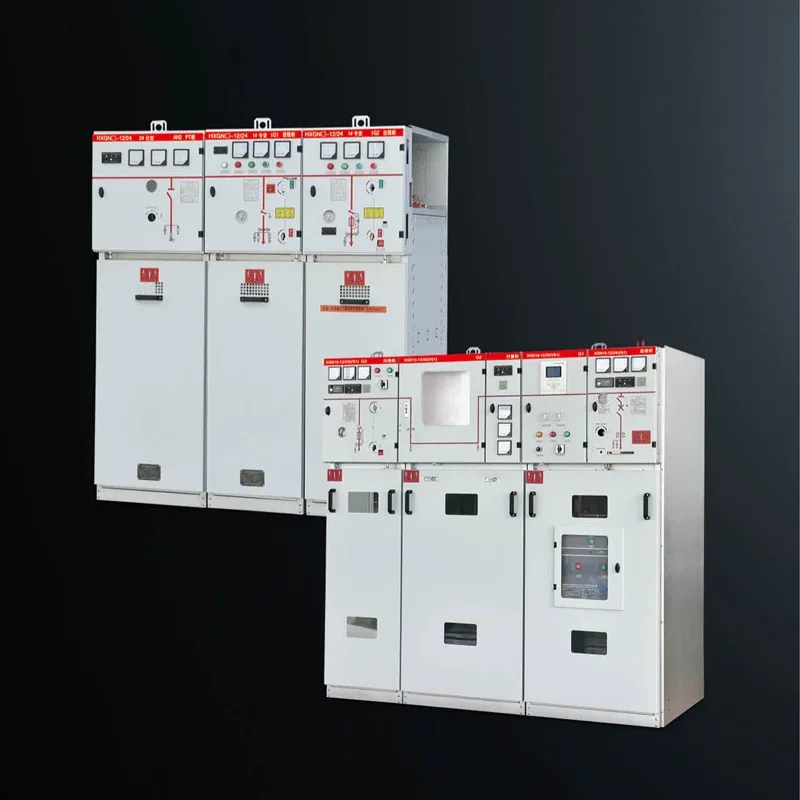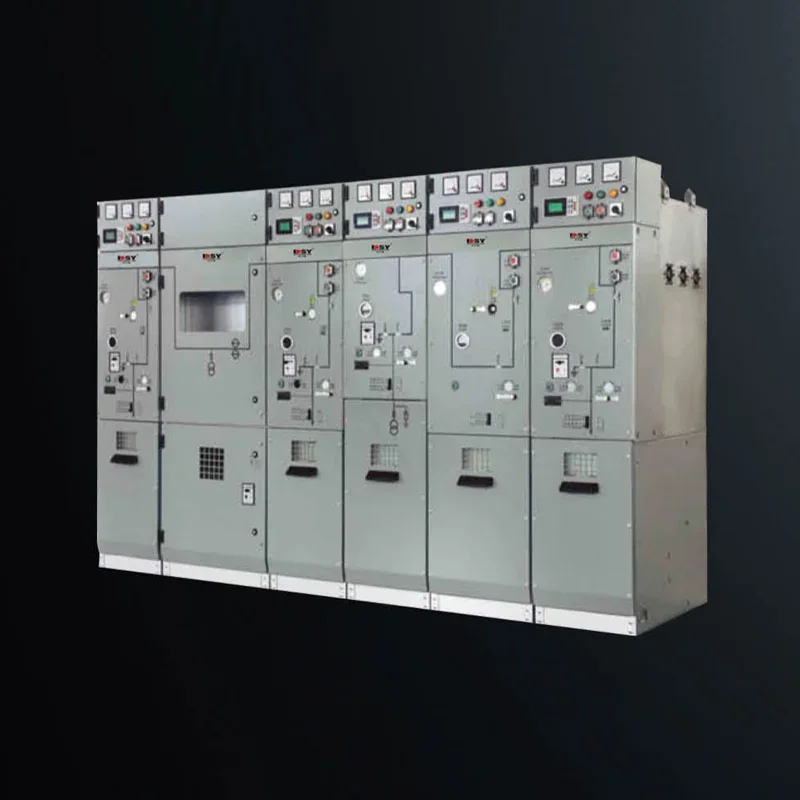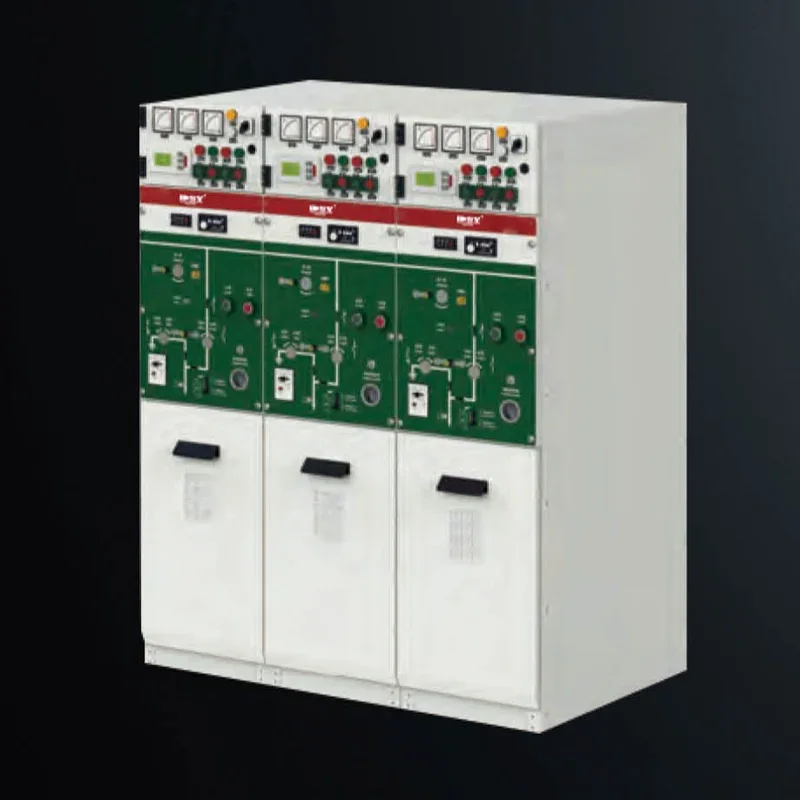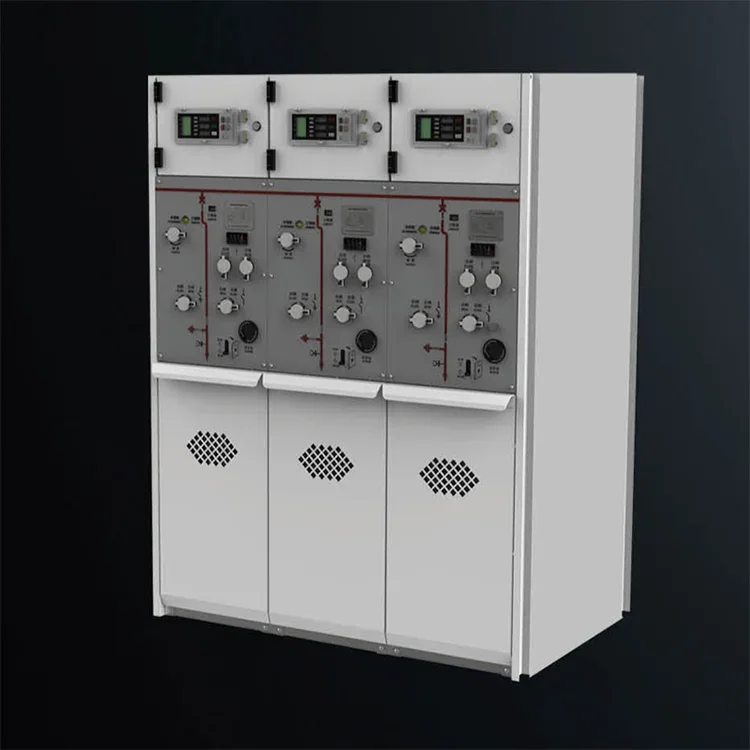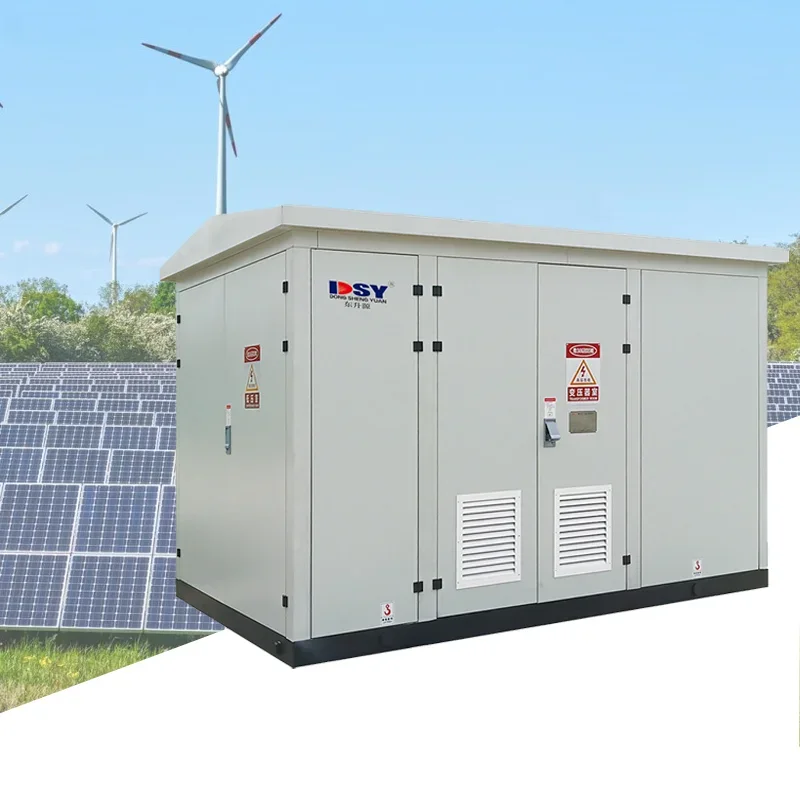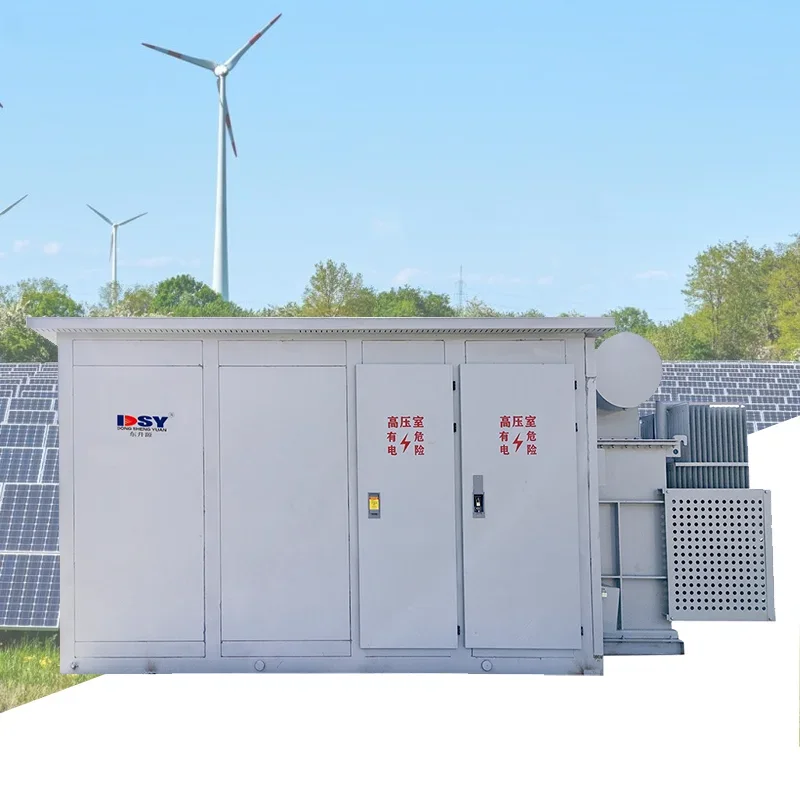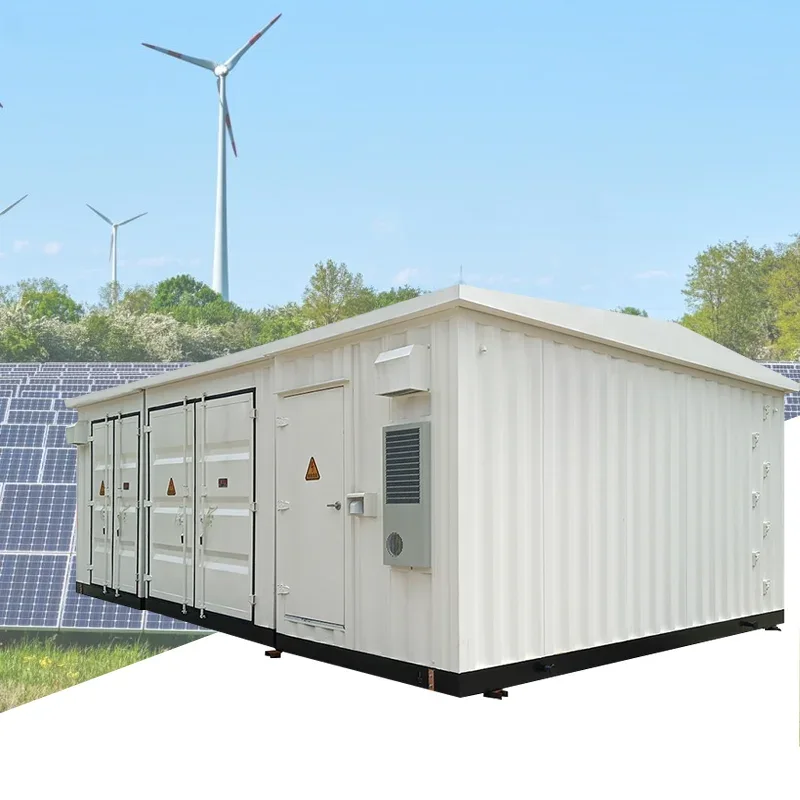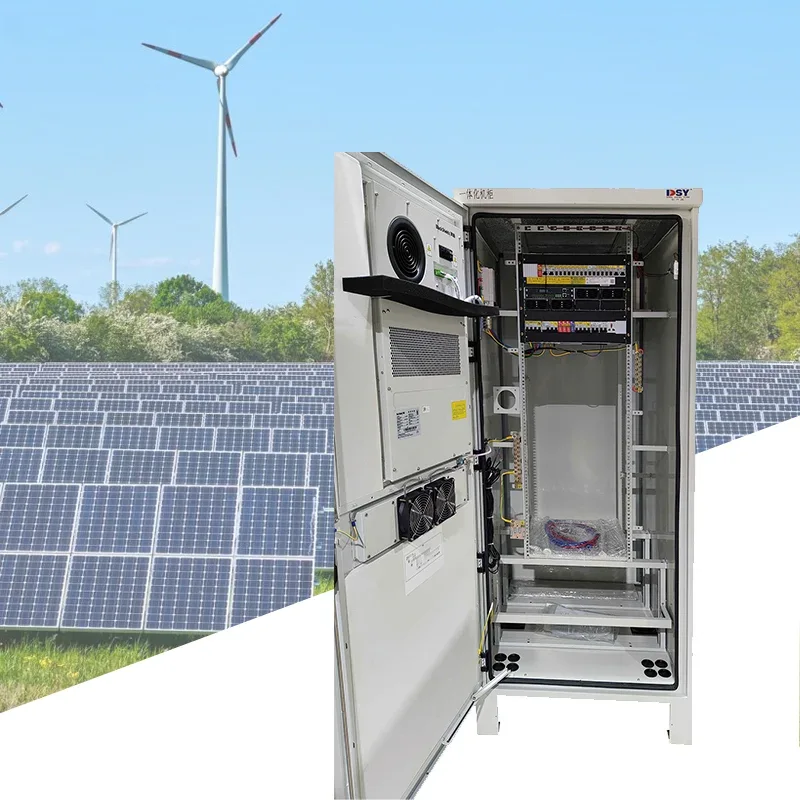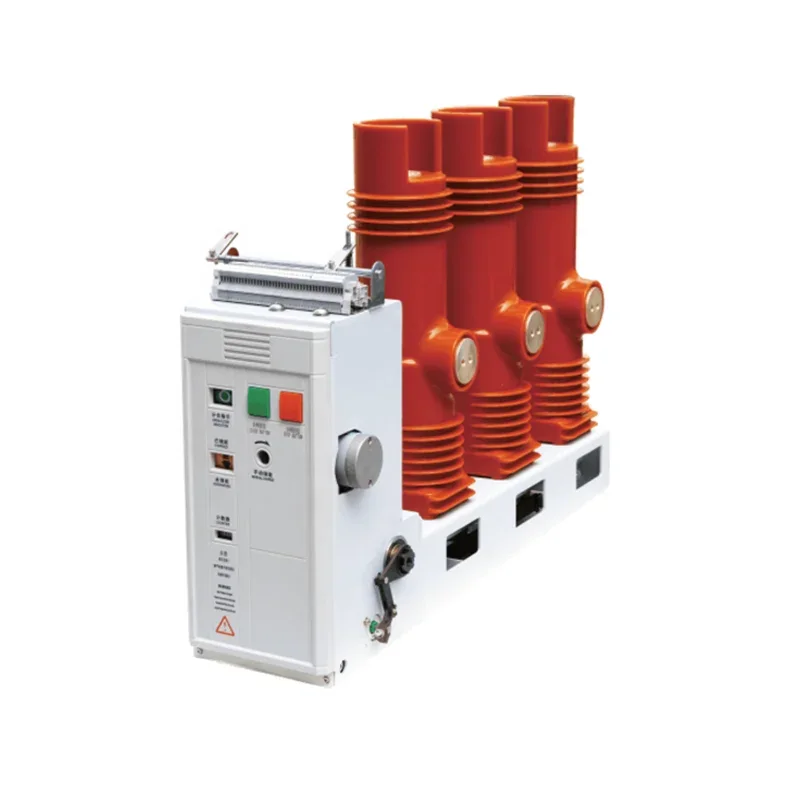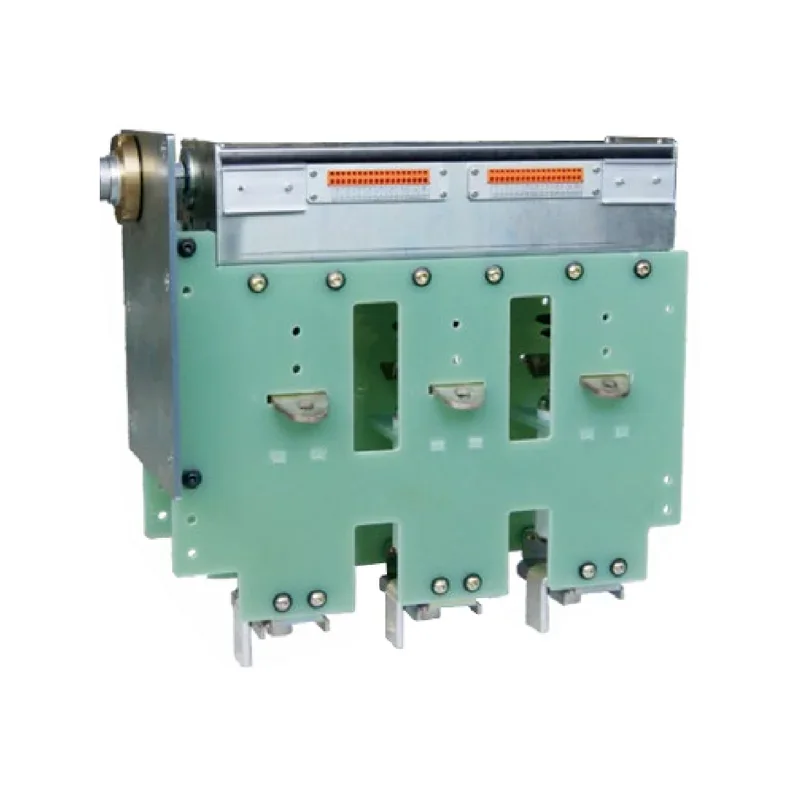Understanding the Importance of Electrical Switchgear in Modern Infrastructure
Understanding the Importance of Electrical Switchgear in Modern Infrastructure The integration of reliable electrical systems is vital in today's rapidly evolving infrastructure landscape. **Electrical switchgear** plays a pivotal role in safely controlling and protecting electrical equipment in both residential and industrial settings. As we delve deep into this subject, we will explore the vario
May 31,2025
Understanding the Importance of Electrical Switchgear in Modern Infrastructure
The integration of reliable electrical systems is vital in today's rapidly evolving infrastructure landscape. **Electrical switchgear** plays a pivotal role in safely controlling and protecting electrical equipment in both residential and industrial settings. As we delve deep into this subject, we will explore the various facets of electrical switchgear, its significance in modern infrastructure, and its impact on efficiency and safety.
Table of Contents
- 1. What Is Electrical Switchgear?
- 2. Types of Electrical Switchgear
- 3. Functions of Electrical Switchgear
- 4. Applications of Electrical Switchgear
- 5. Importance of Electrical Switchgear in Modern Infrastructure
- 6. Technological Advancements in Switchgear
- 7. The Future of Electrical Switchgear
- 8. Frequently Asked Questions
- 9. Conclusion
1. What Is Electrical Switchgear?
**Electrical switchgear** refers to a collection of electrical disconnect switches, fuses, circuit breakers, and other equipment designed to control, protect, and isolate electrical equipment. It ensures a reliable and safe way to manage electrical power distribution. Switchgear can operate at various voltage levels and is essential for maintaining the stability and safety of electrical networks.
2. Types of Electrical Switchgear
Understanding the different types of switchgear is crucial for selecting the right equipment for specific applications.
2.1 Low Voltage Switchgear
Low voltage switchgear typically operates at voltages up to 1 kV. It is commonly used in residential and commercial buildings for lighting and power distribution. This type of switchgear provides protection against overloads, short circuits, and other faults, ensuring efficient operation of electrical systems.
2.2 Medium Voltage Switchgear
Medium voltage switchgear operates within the range of 1 kV to 35 kV. It is used in industrial settings and utility applications. Medium voltage switchgear is critical for managing electrical distribution in substations, ensuring the protection and operation of transformers, feeders, and generators.
2.3 High Voltage Switchgear
High voltage switchgear operates at voltages exceeding 35 kV. It is used for transmission and distribution of electricity in large-scale operations, including power plants and substations. High voltage switchgear is designed to handle large amounts of electrical energy, ensuring the safe and reliable transfer of power over long distances.
3. Functions of Electrical Switchgear
The primary functions of electrical switchgear are:
- **Control**: Switchgear allows for the control of electrical circuits, enabling operators to manage power distribution effectively.
- **Protection**: It protects electrical equipment from faults such as overloads and short circuits, minimizing the risk of damage and ensuring safety.
- **Isolation**: Switchgear provides a means to isolate equipment for maintenance or emergency purposes, enhancing safety for maintenance personnel.
- **Monitoring**: Many modern switchgear systems come equipped with monitoring capabilities, allowing for real-time tracking of electrical performance and fault detection.
4. Applications of Electrical Switchgear
Electrical switchgear finds applications in various sectors, including:
- **Power Generation**: Switchgear is essential in power plants to manage the distribution of electricity generated.
- **Industrial Facilities**: Manufacturing plants use switchgear to control and protect machinery, ensuring operational reliability.
- **Commercial Buildings**: In office buildings and shopping centers, switchgear manages lighting and power distribution.
- **Utilities**: Electric utility companies rely on switchgear for transmission and distribution networks, ensuring the safe and efficient delivery of electricity.
5. Importance of Electrical Switchgear in Modern Infrastructure
The importance of electrical switchgear in modern infrastructure cannot be overstated. Here are some crucial aspects:
- **Safety**: By providing protection against electrical faults, switchgear enhances the safety of electrical systems, safeguarding both equipment and personnel.
- **Operational Efficiency**: Switchgear optimizes power distribution, reducing losses and increasing the overall efficiency of electrical systems.
- **Reliability**: Reliable switchgear ensures uninterrupted power supply, which is critical for industries and modern conveniences.
- **Innovation and Sustainability**: As the push for renewable energy sources grows, switchgear technology adapts to integrate with smart grids and sustainable practices.
6. Technological Advancements in Switchgear
The evolution of electrical switchgear is marked by significant technological advancements:
- **Smart Switchgear**: Incorporating IoT technology, smart switchgear enables remote monitoring and control, enhancing operational efficiency.
- **Eco-Friendly Materials**: The use of environmentally friendly insulation materials is on the rise, supporting sustainability in electrical systems.
- **Automation**: Automated switchgear systems improve fault management and reduce downtime, leading to enhanced reliability.
7. The Future of Electrical Switchgear
The future of electrical switchgear looks promising, driven by ongoing innovation and the growing demand for smart and sustainable solutions. As cities evolve into smart cities, the integration of advanced switchgear technology will be essential in supporting efficient energy distribution, renewable energy integration, and robust infrastructure resilience.
8. Frequently Asked Questions
1. What is the primary function of electrical switchgear?
The primary function of electrical switchgear is to control, protect, and isolate electrical equipment, ensuring safe and reliable operation.
2. What types of switchgear are available?
There are three main types of switchgear: low voltage, medium voltage, and high voltage, each serving different applications and operating at various voltage levels.
3. How does switchgear enhance safety in electrical systems?
Switchgear enhances safety by providing protection against electrical faults, allowing for isolation of equipment for maintenance, and minimizing risks of electrical hazards.
4. Where is switchgear commonly used?
Switchgear is commonly used in power generation facilities, industrial plants, commercial buildings, and utility companies for managing electricity distribution.
5. What advancements are being made in electrical switchgear technology?
Advancements include smart switchgear with IoT capabilities, eco-friendly materials, and automation for better fault management and operational efficiency.
9. Conclusion
In summary, **electrical switchgear** is a cornerstone of modern infrastructure, ensuring the safe, efficient, and reliable distribution of electrical power. Its importance spans various sectors, adapting to technological advancements and the push for sustainable energy solutions. As we move forward, understanding the role of switchgear will be essential for engineers, facility managers, and industry professionals dedicated to building resilient and effective electrical systems. By embracing innovations in switchgear technology, we can pave the way for a safer and more efficient energy future.
PREVIOUS:
Related News
The difference between circuit breakers and vacuum circuit breakers
Circuit breaker is an abbreviation for pole type circuit breaker. Circuit breakers are also vacuum circuit breakers
Voltage regulators are required for various places that require voltage control, such as controlling lighting

